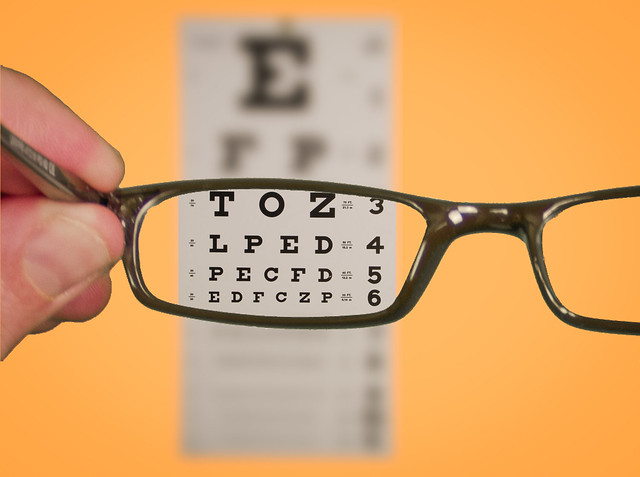A person applying for a driver’s license needs to pass several tests before successfully obtaining the desired document. He or she will need to get a passing mark for the knowledge test, practical test, and the vision test. Specific documents also need to be submitted to be allowed to take the tests.

Knowledge Test
The driver knowledge test is intended to determine if applicants understand traffic laws, driving safety rules as well as road signs. Knowledge about these is required to ensure capability of operating a vehicle. It goes without saying that knowledge about driving laws and rules works hand in hand with knowledge of driving. Applicants who are in need of assistance in reading may be given audio-assisted tests.
Practical Test
The practical test is probably the most unnerving since it would require applicants to drive a vehicle together with an examiner. The examiner will be observing how applicants start the engine, use the controls, move-off, make a stop, negotiate junctions and roundabouts, use mirrors, give signals, act on signs and signals, use and adjust speed, follow vehicle, overtake, reverse, park, position the vehicle on the road, and all other related tasks in safely operating a moving vehicle. This is the part where many applicants tend to flounder.
Vision Test
Vision test is actually part of the practical test in many countries. The examiner will be observing the use of glasses or contact lenses during the practical test. Applicants will also be required to read a plate number from a certain distance while wearing the glasses or contact lenses, when needed.
Before the actual practical test itself, applicants must pass a test conducted by a vision care professional through the use of the Snellen Visual Acuity Scale. This type of test is also done every renewal. There is a need to test for acuity and peripheral vision as well as depth and color perception.
Standards Used in Vision Testing
Every passing applicant for obtaining a driver’s license must have a minimum of 20/40 vision on both eyes, whether it is with glasses or contact lenses or not. In case one eye is blind, the good eye must at least have a 20/30 vision. Visual acuity must measure at least 0.5 in the Snellen Scale.
Failing in the vision test may mean the revocation of the license. Failed applicants can choose to reapply at the next opportune time. There are certain conditions of the eye that must be revealed to the examiner during testing.